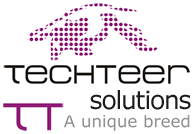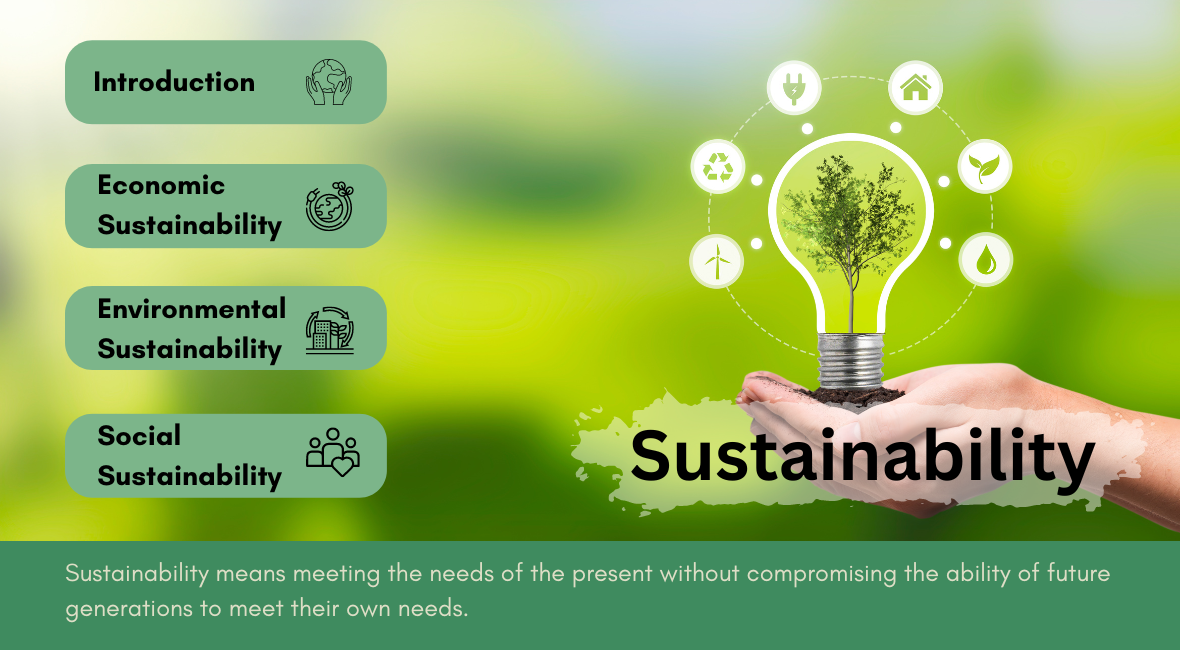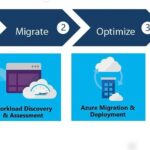As its effects become more apparent and successive, environmental change is rapidly climbing the plan for states, networks, and organizations around the world. We realize that diminishing our ozone depleting substance outflows is essential to moderate the most exceedingly terrible impacts of environmental change and guarantee a liveable and economical future.
Each industry has a section to play, remembering any of us for the web business. In this article, we’ll investigate a portion of the ecological effects of our computerized ways of life and examine how website specialists and engineers can add to additional manageable practices.
How computerized innovation adds to fossil fuel byproducts
Individuals frequently expect that computerized innovation is “spotless” in light of the fact that advanced exercises don’t create apparent contamination like production lines or vehicles. As a matter of fact, the web represents around 4% of worldwide fossil fuel byproducts, a figure identical to the result of the whole flying industry.
An enormous piece of the ecological effect of the computerized scene originates from power use, frequently obtained from non-renewable energy sources. Consuming petroleum derivatives produces carbon dioxide (CO2), ordinarily alluded to as fossil fuel byproducts. This power controls clients’ gadgets as well as works with information capacity and move across organizations and supports the assembling of equipment for our advanced foundation.
Current difficulties in computerized manageability
Taking into account fossil fuel byproducts is simply one part of making our web applications more manageable. There are numerous other interconnected factors that ought to be considered for going with additional supportable decisions while working for the web.
Water use
A consistently extending tech industry requires more server farms, which are energy-serious as well as require a great deal of water for cooling. Silicon chips likewise require a great deal of water during the assembling system. Water shortage is turning into a steadily expanding concern all around the world and will be exacerbated by environmental change. Indispensable water supplies that networks depend on are progressively being redirected to help advanced framework.
E-squander the board
Around the world, we produce around 40 million tons of electronic waste each. Old gadgets like workstations, cell phones, and tablets are every now and again disposed of without being appropriately reused, frequently in the worldwide south, where they cause contamination and damage delicate environments. Where reusing occurs, it frequently happens under manipulative circumstances.
Material extraction
Gadget assembling and battery innovation (progressively significant for a change to environmentally friendly power) is subject to the mining of valuable metals. Extricating these normal assets is unquestionably disastrous, and it is obliterating the two scenes and networks.
Synthetic contamination
Unsafe synthetic compounds from the gadget fabricating interaction can without much of a stretch track down their direction into the common habitat, where they hurt.
Social imbalance and environment equity
Distraught individuals are probably going to experience the natural effects of our computerized ways of life and to the least extent liable to benefit. We should guarantee that the progress to progressively maintainable practices doesn’t coincidentally move the weight onto the individuals who are now bearing the best expense.
Noteworthy stages for web experts to work on advanced supportability
You could imagine that any singular work to diminish the web’s ecological effect is a small detail. Be that as it may, as tech laborers, we are in a place of relative power contrasted with different businesses. We fabricate items that may be utilized by thousands, even huge number of clients. Any enhancements we make have the potential for a huge effect when increased to that level.
Lessening fossil fuel byproducts brought about by the items we assemble is a conspicuous spot to begin, while likewise proceeding to think comprehensively and remembering different parts of advanced supportability.
Ways of further developing web execution to bring down fossil fuel byproducts
Making our sites quicker for our clients has turned into a rising concentration as of late. Fortunately there is a major cross-over between web execution and manageability: quick sites are in many cases low-carbon sites!
Improving our locales can diminish how much information put away and moved, and how much power consumed by the client’s gadget. Building economically can likewise assist with broadening the life span of clients’ gadgets, lessening the requirement for updates and substitutions.
Chopping down picture size
Pictures are a major supporter of page weight, representing almost 50% of information move on the web. We can diminish this effect by utilizing more modest and less pictures and by streamlining and compacting those we do utilize.
Utilizing srcset and <picture>, we can serve the most suitable picture for a client’s gadget — serving present day (more modest) picture designs (like WebP) to those whose gadgets support them, and guaranteeing that lower-goal gadgets don’t have to download tremendous, high-goal pictures.
The lazyload HTML property is very much upheld and keeps pictures from being downloaded before a client looks to the point they’re required.
Advancing text styles
Textual styles are another asset that can altogether influence page weight, making them ready for streamlining. We can decrease this weight by restricting the quantity of web textual styles we use. We could think about utilizing a variable text style in the event that numerous loads and styles of a specific typeface are required.
Serving present day text style designs, for example, Web Open Text style Configuration 2.0 (WOFF2), will for the most part lessen the payload contrasted with more established TrueType Textual style (TTF) records. We could likewise consider subsetting text styles — serving a restricted assortment of glyphs if, say, just a single language is expected on the site.
Self-facilitating your text styles will save money on network demands and give you more control.
Taking care of outsider inserts
Outsider code like talk gadgets, examination contents, and web-based entertainment installs are in many cases the most terrible guilty parties with regards to page weight and information move. In the event that you can’t stay away from these through and through, consider utilizing the import-on-communication design, where stacking is conceded until a client connects with the gadget.
Paul Irish’s Light YouTube Install gives a simple method for conceding stacking of weighty YouTube implants.
Lessening JavaScript utilization
JavaScript is more asset escalated than HTML and CSS, and most sites are over-dependent on it. Intently consider whether you truly need a JavaScript structure for your venture, and assess exorbitant conditions with devices like Bundlephobia. You could possibly utilize a local Programming interface all things being equal.
Dynamic imports can help lessen the forthright JavaScript group size and keep clients from downloading code that will not be required until some other time.
Picking a green web have
Guaranteeing that our web has utilize sustainable power is a significant stage towards lessening our locales’ fossil fuel byproducts. Sadly, it’s not generally simple to recognize authentic green accreditations from greenwashing and advertising claims. The Green Web Establishment’s facilitating catalog records organizations that give evidence of their “green” accreditations.
Streamlining energy use with carbon-mindful figuring
We can lessen our dependence on power produced from petroleum derivatives by taking a gander at where and when we run energy-escalated processes:
By using servers where a higher extent of power comes from inexhaustible sources (spatial moving).
By running cycles on occasion of the day when request on the electrical lattice is low, or when greater power is being created by discontinuous sunlight based or wind power (fleeting moving).
Settling on greener plan decisions
By taking into account maintainability from the plan stage, we are best-put to limit the natural effect of our items. A greener plan could include utilizing less energy-serious varieties. Blue tones utilize more energy than red or green do, and on Natural Light-Radiating Diode (OLED) screens, a dim variety plan can save energy since dark pixels are “off”.
Sites can be intended to limit the utilization of video and huge pictures, particularly by keeping away from autoplaying recordings or by utilizing SVGs rather than photographs where conceivable.



